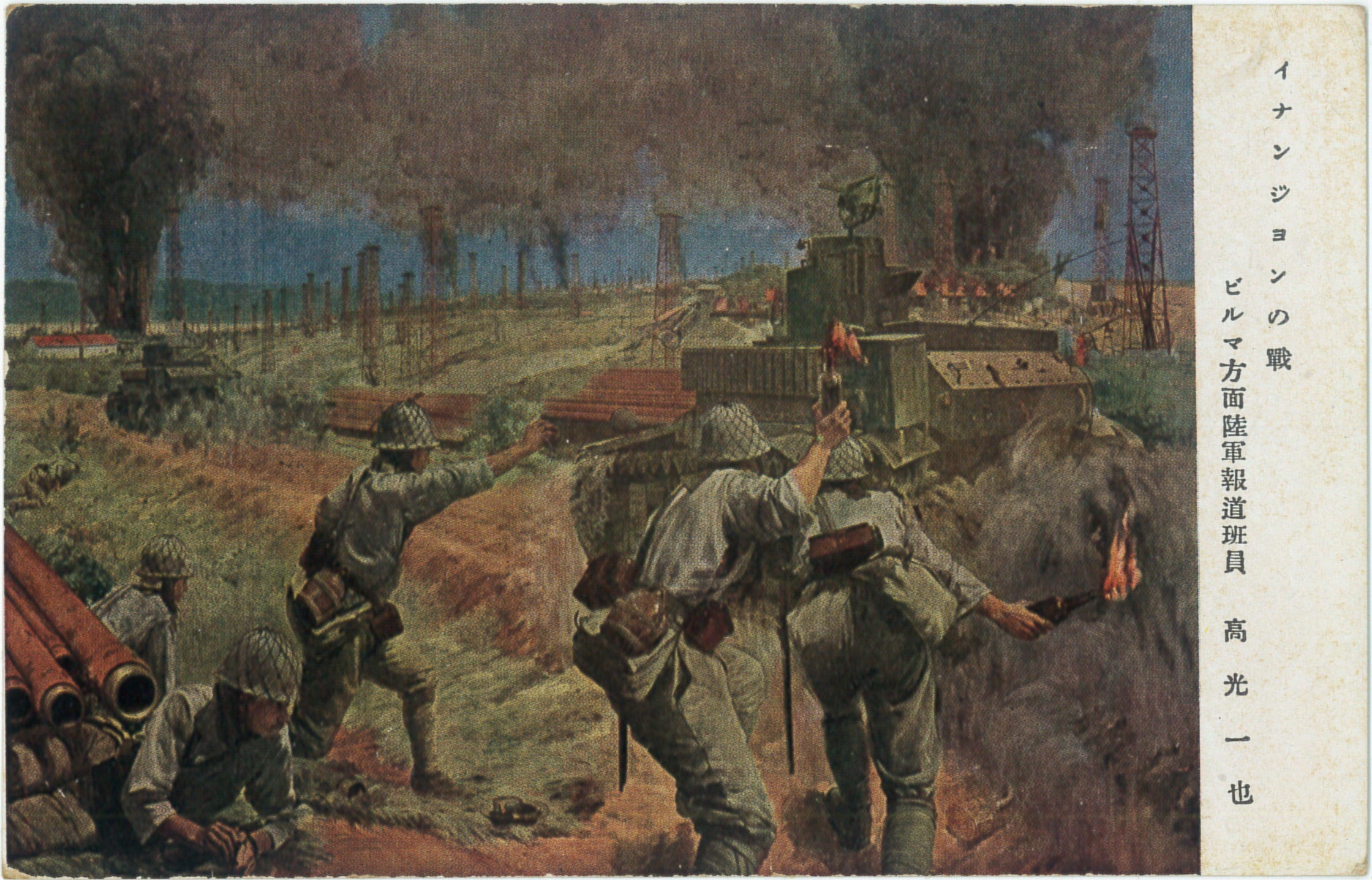Retreat and Reorganization
Allied Retreat to India
The loss of Burma forced the Allies to retreat to India, facing numerous challenges. The jungle terrain and monsoon season made the retreat even more difficult. There was a severe shortage of food and medicine, leading to many troops dying from disease, exhaustion, and starvation. Despite these hardships, they also had to fight the advancing Japanese forces.

One crucial engagement during the retreat was the Battle of the Sittang Bridge. This battle, which took place between February 19 and 23, 1942, delayed the Japanese advance and aided the Allied strategic withdrawal. The 55th Japanese Division, led by Lieutenant General Shojiro Iida, faced the 17th Indian Infantry Division under Major General Sir John Smyth. Fierce combat ensued as the Allies attempted to retreat across the bridge. To prevent the Japanese from advancing further, they destroyed the bridge, buying time to reorganize and delay the enemy.
Another notable battle was the Battle of Yenangyaung. The Japanese aimed to capture Yenangyaung for its crucial oil fields. Lieutenant General Shojiro Iida’s 33rd Division encircled the British 1st Burma Division, causing significant casualties and shortages. General Joseph Stilwell ordered the 38th Chinese Division to rescue the trapped soldiers. This coordinated effort saved around 7,000 soldiers and civilians, though the Allies eventually had to continue their retreat into India.

Reorganization in India
After retreating to India, the Allied forces focused on reorganization. This involved expanding units with new recruits, better training, and re-equipping with necessary resources. Many units were demoralized and depleted, making this task critical. Special training programs were developed to prepare troops for jungle warfare, essential for retaking Burma.
Effective leadership was crucial. General William Slim led the Fourteenth Army, improving supply lines and air supply. The construction of the Ledo Road provided an overland supply route from India to China. Aerial reconnaissance and air supply also played vital roles in supporting operations.
Good logistics were essential for the Allies, and aerial reconnaissance played a vital role. British Indian forces also emphasized the need for cooperation, including working with Chinese forces under Generalissimo Chiang Kai-shek and American forces led by General Joseph Stilwell. The reorganization overall improved the Allied forces and boosted their morale as they prepared to face the Japanese forces.
The South East Asia Command (SEAC)

Another critical element for the Allied response to the Japanese was the formation of the South East Asia Command (SEAC). This body was responsible for overseeing operations, planning, coordination, and execution of strategies in the Burma region. The SEAC came into existence in 1943 when Prime Minister Churchill and President Roosevelt agreed on a new command structure for the Southeast Asian Theatre. The Supreme Commander of the SEAC was Admiral Lord Louis Mountbatten, and alongside him was Deputy Commander General Joseph Stilwell, who coordinated efforts with Chinese forces.
The SEAC played a pivotal role in reorganizing Allied forces after their retreat from Burma. This reorganization included improving coordination between American, British, Indian, Chinese, and other Allied forces. They also focused on enhancing supply lines, which were critical for sustaining operations in the challenging terrain of Burma. The command established special training centers for jungle warfare, preparing troops to navigate and fight in the dense Burmese jungles.
Additionally, the SEAC significantly improved intelligence operations, providing better reconnaissance and strategic planning against Japanese forces. This enhanced intelligence allowed for more effective and coordinated attacks, ultimately contributing to the successful retaking of Burma. The strategic significance of the SEAC lay in its ability to unify diverse Allied resources and efforts, making it a cornerstone of the Allied campaign in Southeast Asia.